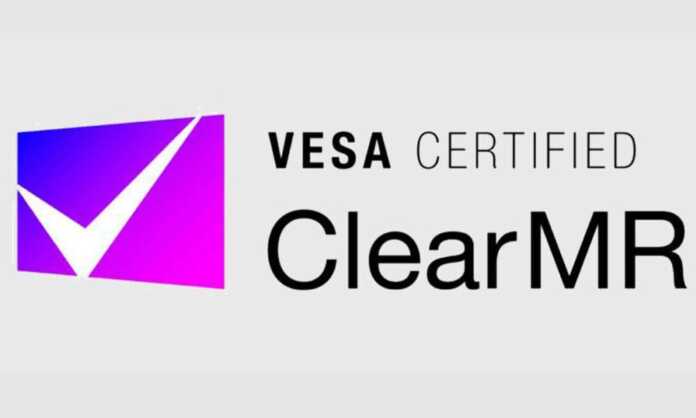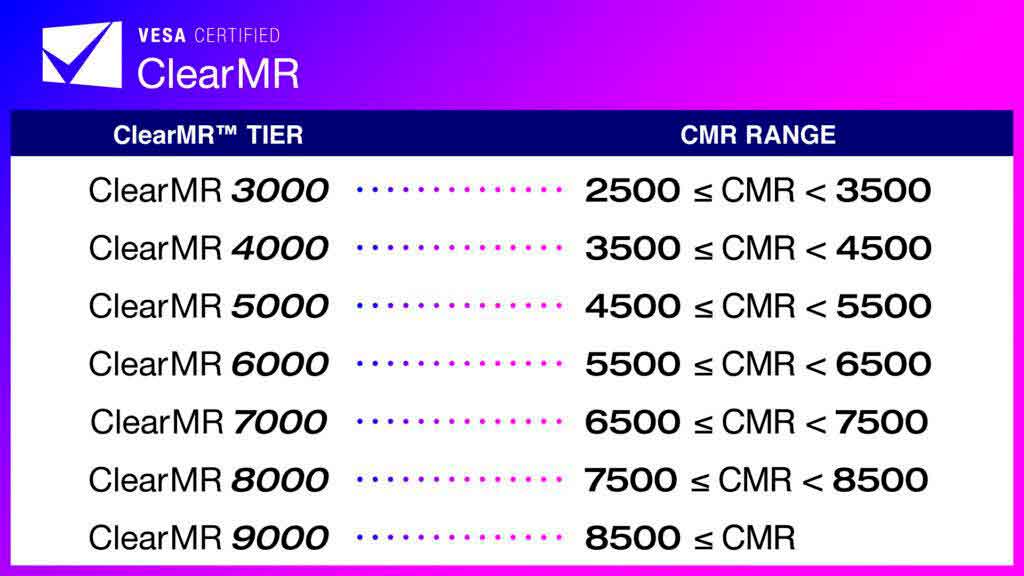There was a time, not so, so long ago, when the only certification that we required from the screens was that they did not leave us fried based on radiation. Over the years, fortunately, regulations and metrics have been established to measure and document with greater precision everything related to the operation and performance of the screens, something that allows us to be much clearer about what exactly they offer us, in the face of the purchase decision.
Some certifications, however, They are getting a bit outdated with the passage of time and the evolution of technology. In some cases, when feasible, they are updated to the new context, but in other cases there are so many differences that, in the end, it makes more sense to opt for a new standard that ends up replacing the previous one. And this time we find ourselves in the latter case.
For several years the MPRT metric has been used (Moving Picture Response Time) to assess the motion blur of the screens. This system measures the monitor’s refresh rate and motion blur, but it does not take into account some of the newer technologies used today to reduce or eliminate it in order to provide a sharper image.
This is the reason why VESA has decided to develop a new certification, ClearMR, adapted to current technologies, and which establishes seven different levels of sharpness, depending on the light pixels with respect to those that are blurred. They are the following:
In this table, sharpness levels are displayed from lowest to highest. For example, the ClearMR3000 standard, which is the lowest of all, tells us that there are between 2,500% and 3,500% more light pixels than blurred pixels. And the same, as you may have already guessed, with the rest of the levels, in the ranges indicated in the column on the right, until reaching ClearMR9000, which guarantees us that the sharp pixels will be above 8,500% with respect to the that are faded.
Since we are talking about the first version of a new certification, we must bear in mind that it has some limitations, among which it stands out that it is not compatible with HDR. However, this is something that is being considered for a future revision of the standard. On the other hand, and to his credit, manufacturers such as LG and Samsung have already confirmed their support for ClearMRso we can count on them to offer this information on their screens in the future.











